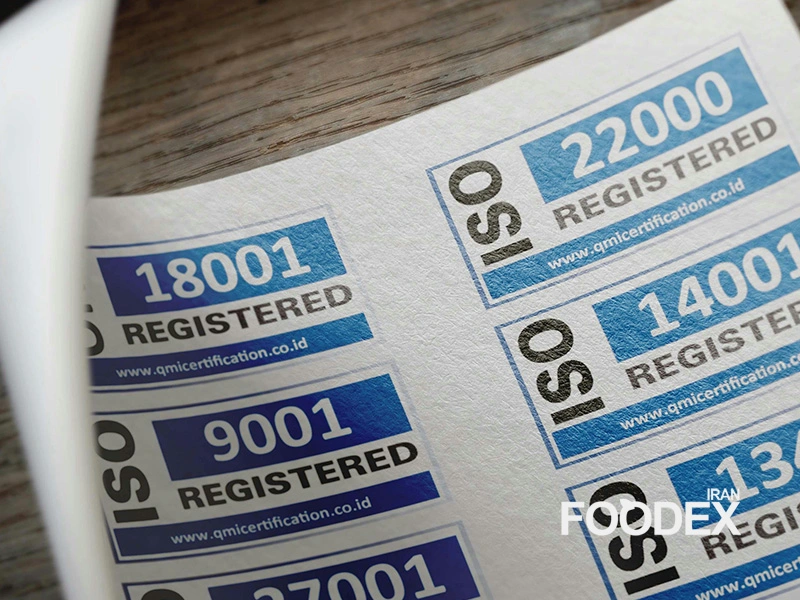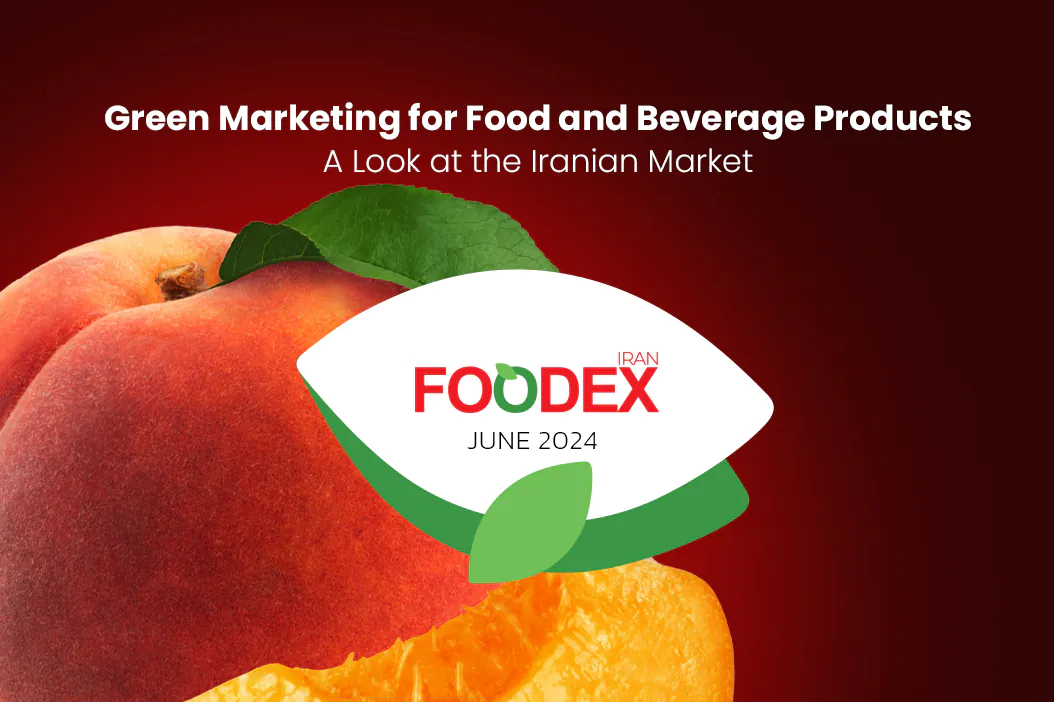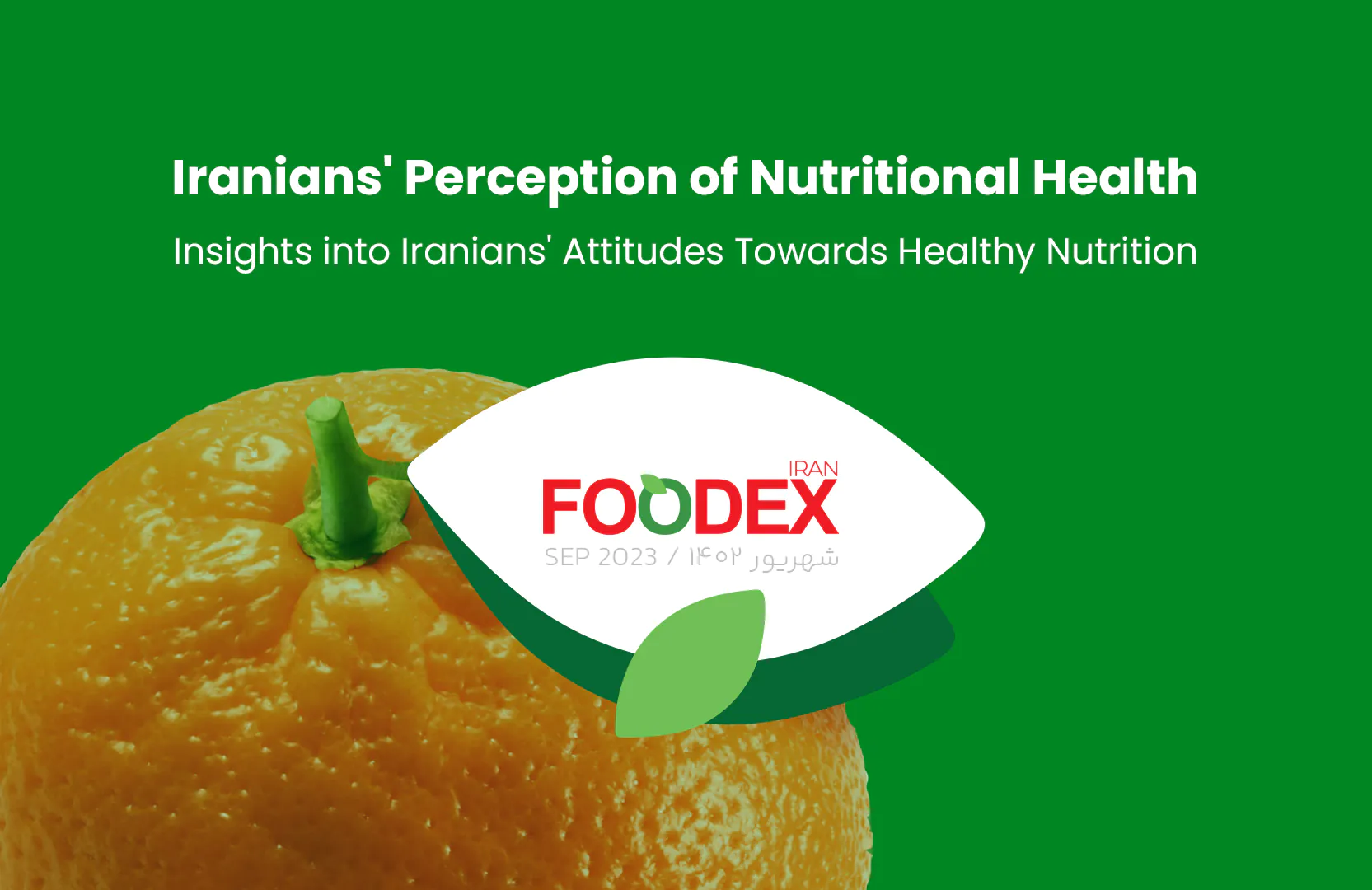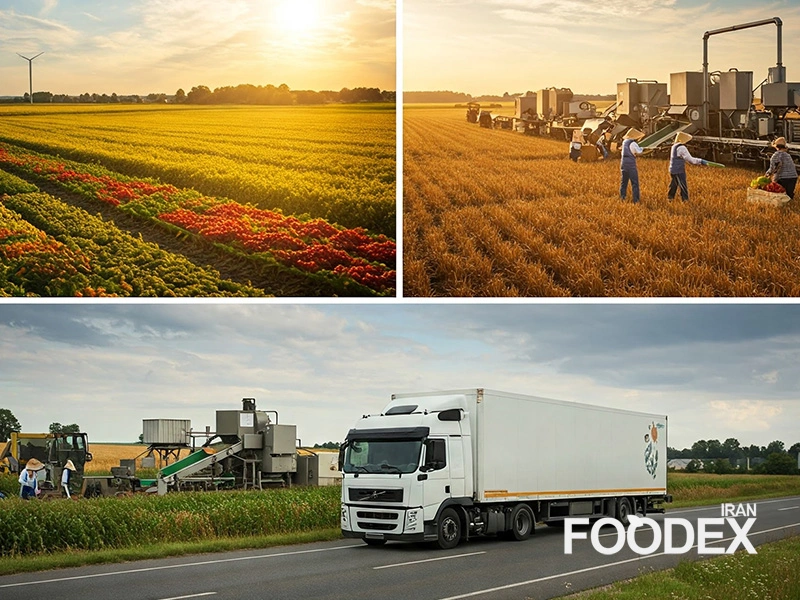Supply Chain Analytics is an essential supply chain management technology that combines data analytics and modeling with modern technological tools to enhance process optimization, cost reduction, and operational efficiencies.
The most effective analytical framework in this field uses the 5C Model, which has components that include Collaboration and Connectivity combined with Control and Compliance activities and Customer-centricity.
The Foodex Magazine article discusses the 5C Model, which provides practical improvements for the food industry.
1. Collaboration in the Food Supply Chain
All parties involved in the supply chain network share vital data, coordinate activities, and keep lines of communication open from suppliers to manufacturers through distributors until they reach customers.
Application of Collaboration in the Food Industry
For a successful food supply chain, raw material producers, including farmers, need complete integration with food manufacturers, transportation companies, distributors, and retailers.
The absence of collaboration results in wasted food, market supply disruptions, increased costs, and diminished profitability.
Case Study: Managing Collaboration Between Farmers and Dairy Producers
The dairy suppliers of Nestlé benefit through a partnership that includes farmer training on milk quality and temperature updates as well as timely payment procedures.
Cooperative activities between stakeholders enable better milk quality standards, streamline supply chain operations, and decrease product waste rates.
Practical Solutions for Enhancing Collaboration in the Food Industry
The proposed digital platform enables farmers and suppliers to interact through real-time data exchange of production statistics, quality metrics, expense reports, and shipping timetable information.
Advanced forecasting analytics models help farmers receive exact recommendations about reducing waste and enhancing production capabilities.
2. Connectivity in the Food Supply Chain
Connectivity facilitates the integration of data systems and technologies, making supply chain operations smooth and efficient.
Application of Connectivity in the Food Industry
A combination of Supply Chain Management (SCM) systems, Internet of Things (IoT) platforms, and APIs creates connections that allow data to flow among different stages of the supply chain methodology.
Case Study: Connectivity in Walmart’s Food Supply Chain
Walmart operates real-time, innovative inventory tracking systems that supply information about inventory amounts to its suppliers.
The data connection enables companies to maintain perfect inventory levels and promptly deliver fresh produce and vegetables when customers require them.
Practical Solutions for Enhancing Connectivity in the Food Industry
Manufacturers should use RFID and IoT systems to supervise the temperature history of perishable goods, including dairy and meat items, during delivery and storage to maintain freshness.
The development of a combined order management platform allows suppliers, manufacturers, and retailers to check inventory status while optimizing delivery scheduling in real time.
3. Control in the Food Supply Chain
Organizations attain supply chain monitoring, risk management, and optimum process optimization for production warehousing and distribution through data analytics and advanced analysis.
Application of Control in the Food Industry
Quality control, cost control, and risk management constitute essential monitoring zones in the food supply chain operations.
Case Study: Process Control in the McDonald’s Supply Chain
The food supply chain needs to monitor three main domains: quality control, cost control, and risk management. McDonald’s supply chain implements process control systems to monitor operations within the business environment.
McDonald’s fast food chain applies data analytical methods and machine learning technology to sustain ingredient consistency and maximize its manufacturing and logistics operations.
This analytics system is used for quality control operations, and it is crucial for food safety practices, hygiene, demand predictions, and inventory management.
Practical Solutions for Strengthening Control in the Food Industry
Food companies must use advanced warning systems to identify supply-related deficiencies and inventory-related empty spaces before they reach critical levels.
Food production facilities use AI applications to operate with minimum energy consumption, reducing operational expenses.
4. Compliance in the Food Supply Chain
Organizations that maintain compliance follow standards from regulatory bodies while protecting health and preserving environmental elements and trade requirements in food production lines.
Application of Compliance in the Food Industry
The food manufacturing industry needs to follow food safety standards through HACCP and ISO 22000, conduct raw material tests, and ensure both export and import regulations.
Case Study: Blockchain for Food Supply Chain Transparency at Carrefour
Blockchain technology, which tracks products in Carrefour’s meat and dairy operations, makes supply chain transparency possible.
Scanning a quick response code enables users to access product quality details and entire documentation about product origin.
Practical Solutions for Strengthening Compliance in the Food Industry
Innovative quality control systems implemented digitally allow food manufacturing companies to monitor their safety parameters.
Through Blockchain processes, businesses achieve product verification by tracking organic products and export-certified goods across their supply networks.
5. Customer-Centricity in the Food Supply Chain
To achieve thorough customer-centricity, organizations must examine how customers behave before sustaining their processes for efficient supply chain operations while enhancing customer satisfaction throughout the system.
Application of Customer-Centricity in the Food Industry
Fast delivery to consumers, clear product labeling, and superior quality standards are essential for the food supply chain to succeed in satisfying customers.
Case Study: Nestlé’s Direct-to-Consumer Strategy
Nestlé offers specialized food products through its online store for direct consumption by clients in specific markets. This strategy reduces retailer reliance and improves customer satisfaction throughout the interaction process.
Practical Solutions for Enhancing Customer-Centricity in the Food Industry
Customer demand forecasting systems enable organizations to maximize food production efficiency and distribution performance.
The company should use customer information to create personalized products by developing specific formulations for dietary requirements, including gluten and plant-based options.
Key Differences Between Traditional Trade and Supermarkets
About Modern Supply ChainConclusion
The 5C Model framework enables the food industry to execute supply chain analysis to drive changes in collaboration, data connectivity, process control, regulatory compliance, and customer-focused activities.
Implementing a model leads to cost reductions while delivering improved quality standards, enhanced efficiency rates, and higher customer satisfaction in the food industry.
Food companies strengthen their market position through information analytics by linking these methods with contemporary technologies like AI and IoT systems.
Ehsan Allahverdi
Executive Manager of Foodex Iran
Marketing Consultant for Leading Food & Beverage Brands
website | linkedin


























